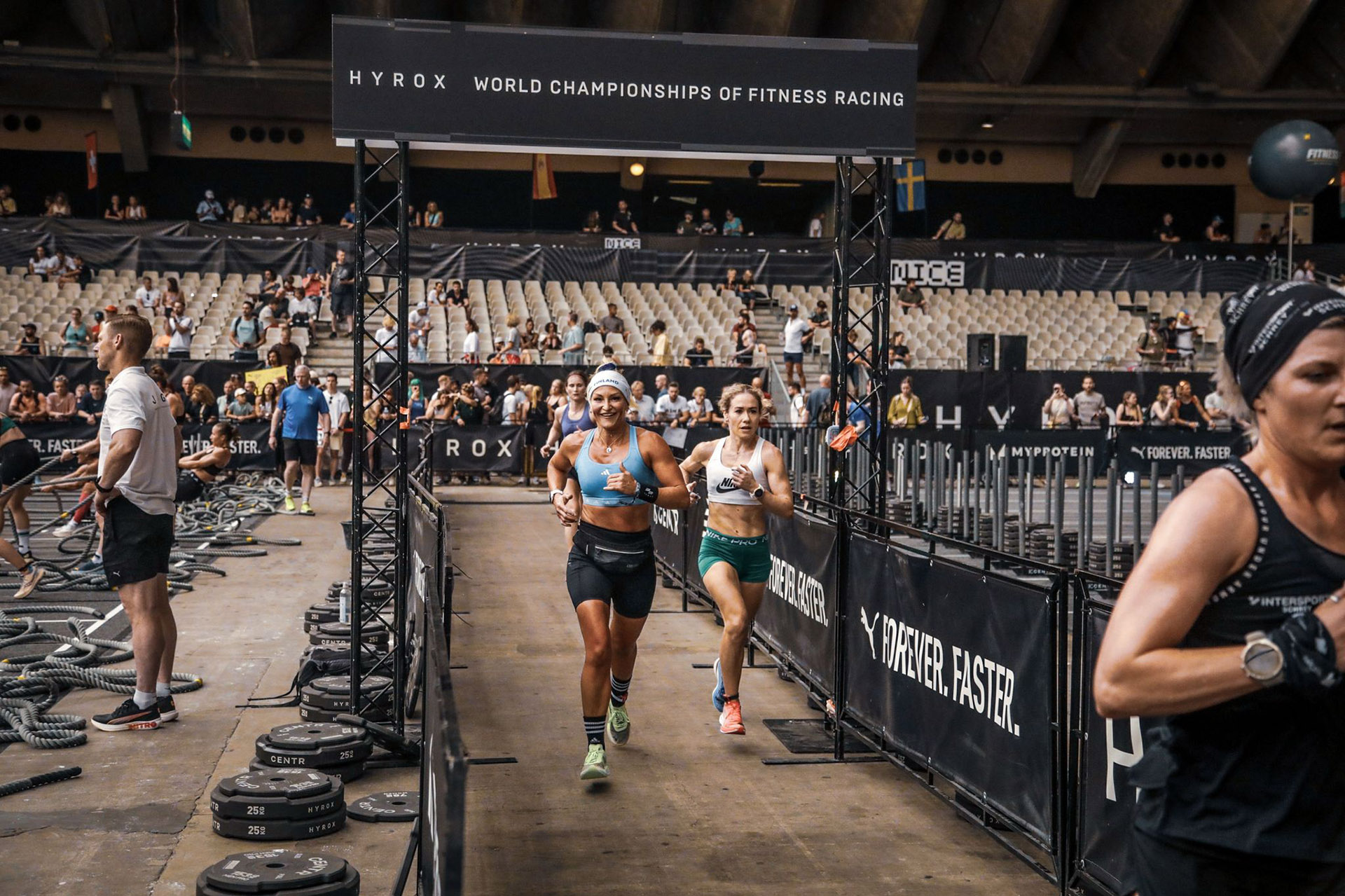|
Getting your Trinity Audio player ready...
|
For anyone who pounds the pavement regularly, few things are more frustrating than the nagging discomfort of runner’s knee. This common condition, medically known as patellofemoral pain syndrome, affects countless runners each year, including weekend warriors and seasoned marathoners.
At HelloPhysio, we understand that runner’s knee pain can derail your training schedule and dampen your running enthusiasm. With proper diagnosis and targeted physiotherapy treatments, most runners can return to their favorite activity pain-free.
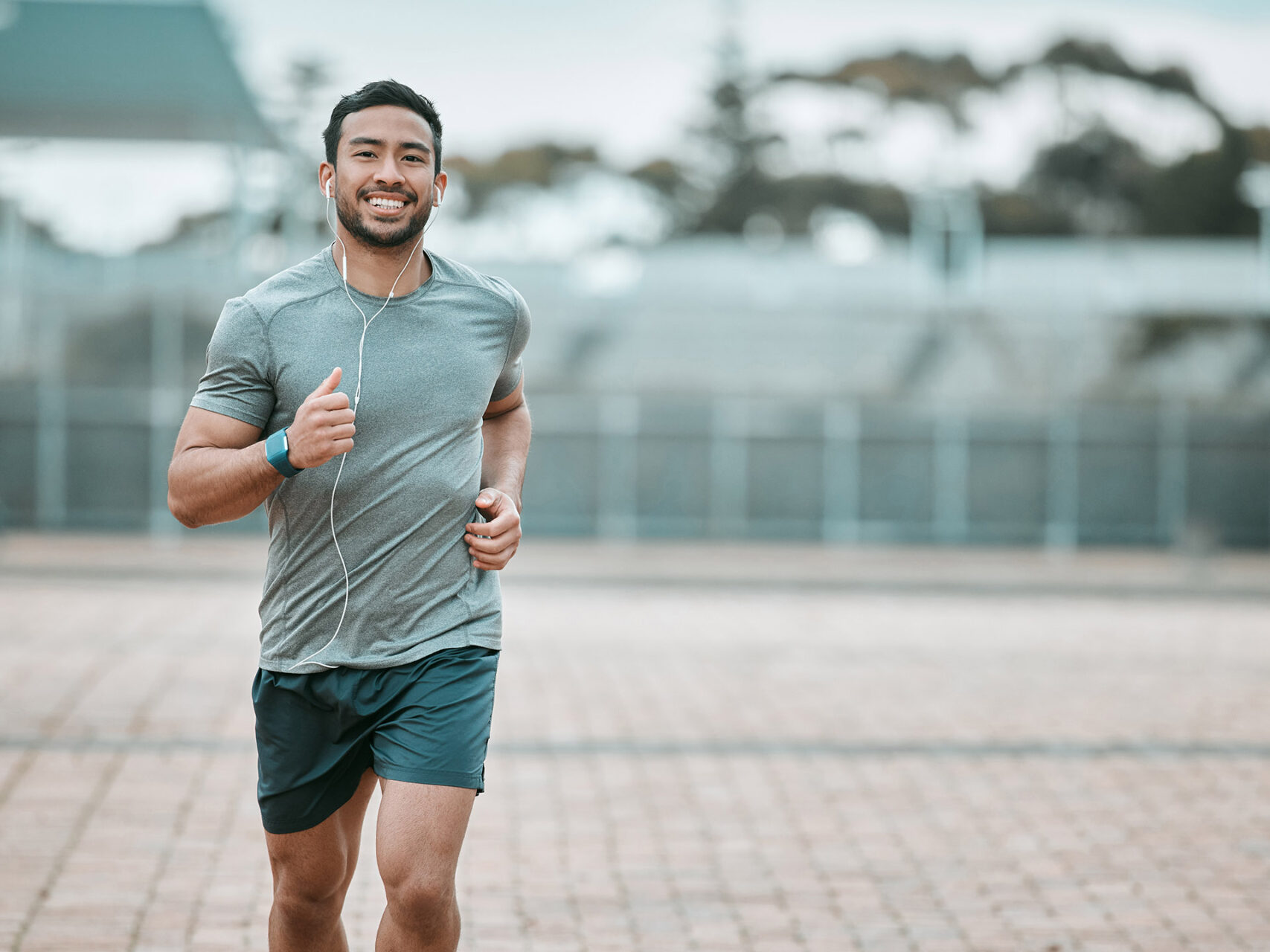
What Causes Runner’s Knee?
Runner’s knee isn’t a single condition but a term encompassing several knee issues that can cause pain around the kneecap. Common causes of these varied conditions include:
Biomechanical Imbalances: Runner’s knees often develop from subtle misalignments in body movement. Overpronation (excessive inward rolling of the foot), weak hip stabilizers, or tight IT bands can all contribute to improper kneecap movement, creating friction and irritation when running.
Training Errors: Increasing mileage, intensity, or hill work without proper progression can overload the knee structures. This “too much, too soon” approach is a frequent culprit behind runner’s knee pain.
Muscle Imbalances: Weakness in the quadriceps (particularly the VMO muscle) or tight hamstrings can affect how your patella tracks along the femoral groove during movement. These imbalances can force parts of your knee to overcompensate for your muscles.
Footwear Issues: Running in shoes that don’t provide proper support or are worn out can alter your biomechanics and contribute to knee pain.
Structural Factors: Some anatomical features, such as high arches, flat feet, or differences in leg length, can predispose runners to knee problems. Minor injuries around the knee joint bones can also be a factor.
Though caused by many conditions, runner’s knee typically manifests as a dull ache around or behind the kneecap that worsens with activities like running, walking up or down stairs, squatting, or sitting with bent knees for extended periods.
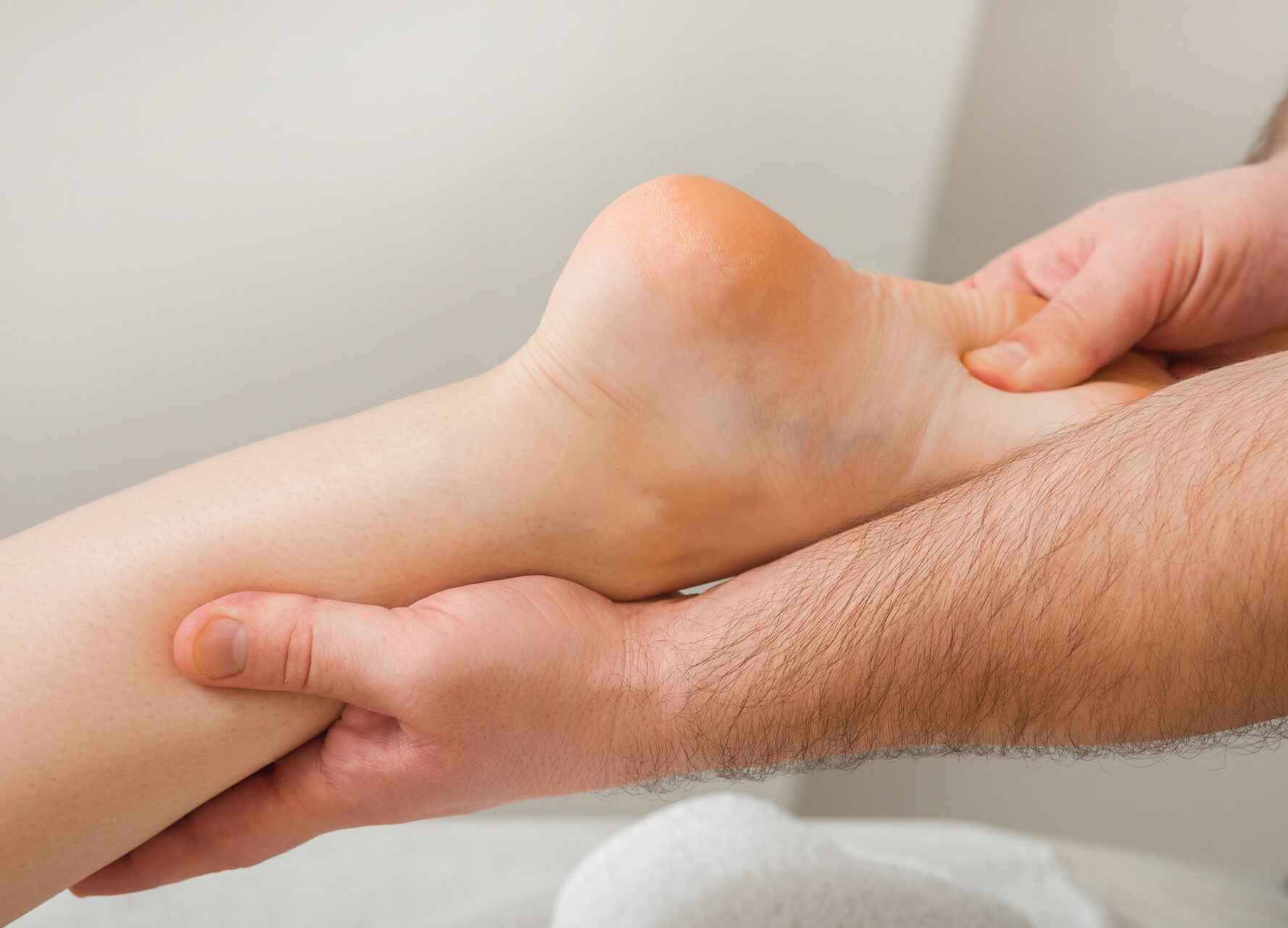
How To Prevent Runner’s Knee
Preventing runner’s knee requires proper training, equipment and techniques. Runners can reduce their risk of developing the condition by wearing proper running shoes, using shoe inserts to correct flat feet or other foot issues, and incorporating strengthening exercises into their routine. It is also essential to avoid overuse and gradually increase running intensity and duration to allow the knee joint to adapt to new routines.
Importantly, almost every runner can benefit from regular physical therapy sessions to identify and address any muscle imbalances or weaknesses that may contribute to the development of runner’s knee. By taking these preventive measures, runners can reduce their risk of experiencing knee pain and maintain optimal knee health.
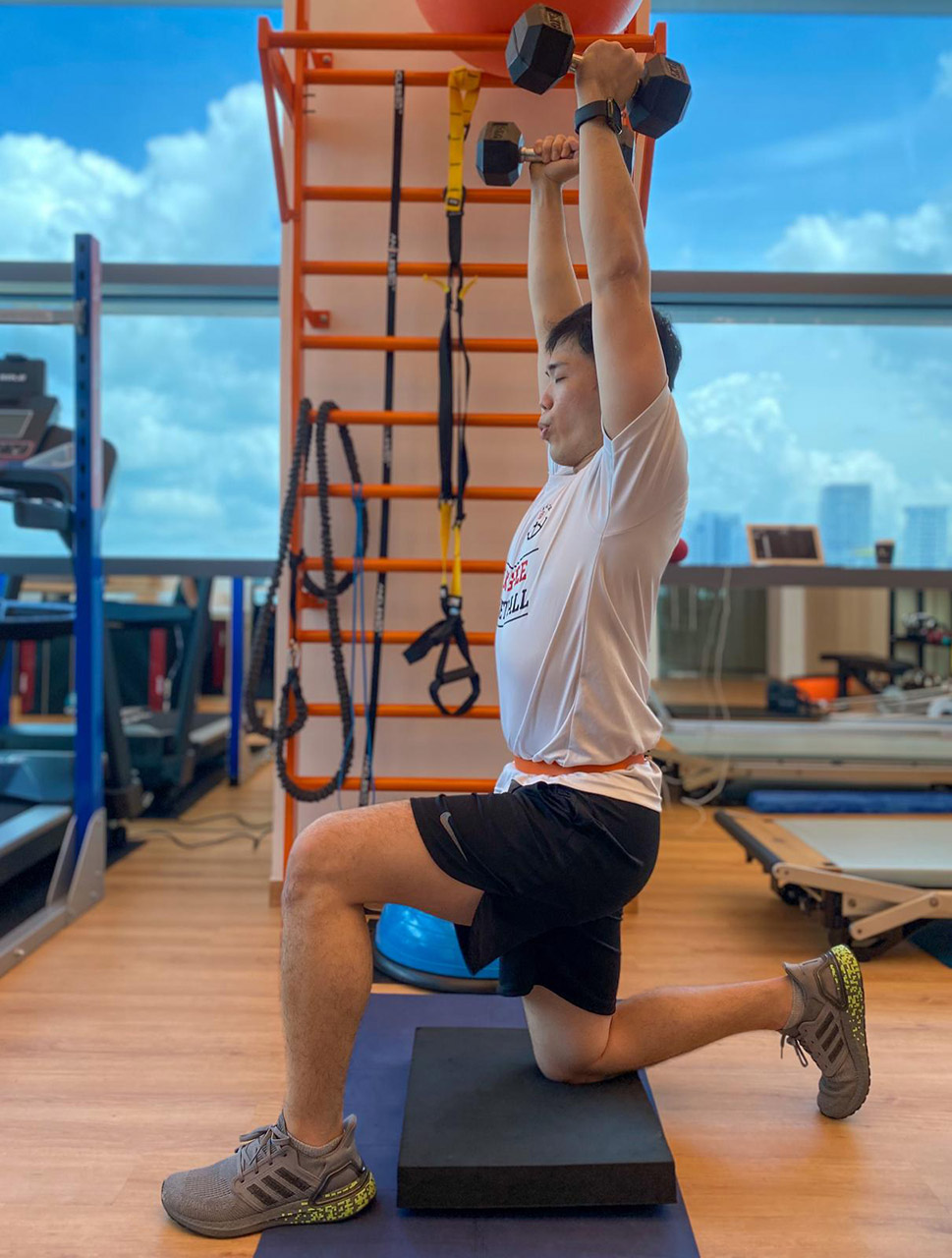
Should You Run With Runner’s Knee?
One of the most common questions at HelloPhysio is whether running with runner’s knee is advisable. The answer isn’t simply yes or no—it depends on your specific situation and pain levels.
As a general guideline:
If your pain is mild (2-3/10 on the pain scale) and doesn’t worsen during activity, you might be able to continue running with modified volume and intensity. Short, easy runs on flat surfaces may be tolerable while you address the underlying issues. It’s important to keep a close eye on your discomfort level and not push too hard past the point of pain.
If pain increases during running or persists for hours afterwards, it’s wise to temporarily reduce or pause your running. Continuing to run through significant pain can exacerbate the condition and prolong recovery.
What’s critical is that you listen to your body. Pain is a signal that something needs attention. Running through significant discomfort rarely ends well, creating new problems.
Many runners find that cross-training activities like swimming, cycling or elliptical training can maintain cardiovascular fitness while giving the knees a break from impact forces. The key is finding the right balance between rest and activity that allows healing while maintaining fitness.
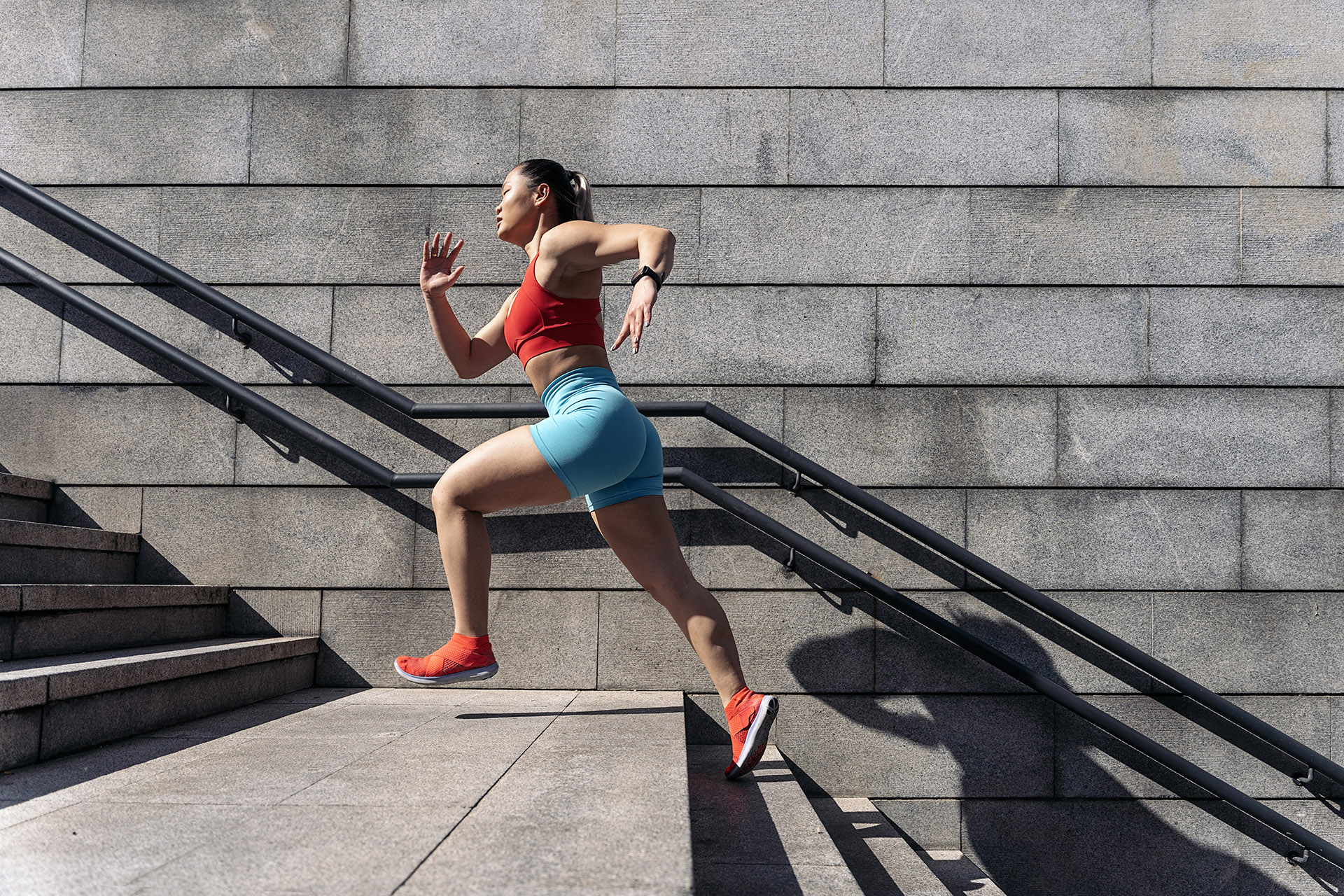
How to Treat Runner’s Knee with INDIBA® Activ, Shockwave Therapy, and Physical Therapy
HelloPhysio offers runner’s knee pain treatment through manual therapy, corrective exercise, and advanced modalities like INDIBA® Activ and Shockwave Therapy for optimal outcomes.
INDIBA Activ delivers a 448 kHz radiofrequency current to the affected tissues. This stimulates cellular repair, reduces inflammation, and enhances circulation at the deep tissue level. The result is faster pain relief and improved healing capacity, especially important in chronic or recurrent cases of runner’s knee.
Shockwave Therapy uses high-energy acoustic waves to stimulate tissue regeneration, improve collagen synthesis, and break down fibrotic adhesions. It is particularly effective for patients whose pain stems from persistent soft-tissue tightness or tendinopathy of the quadriceps or patellar tendon. Your physiotherapist can determine this with an MRI, which provides detailed images of the knee’s soft tissues.
These advanced modalities are paired with targeted strengthening and flexibility exercises. HelloPhysio’s physiotherapists address muscular imbalances and movement dysfunctions that may have contributed to the onset of runner’s knee pain. This integrated approach ensures not only pain relief but long-term prevention.
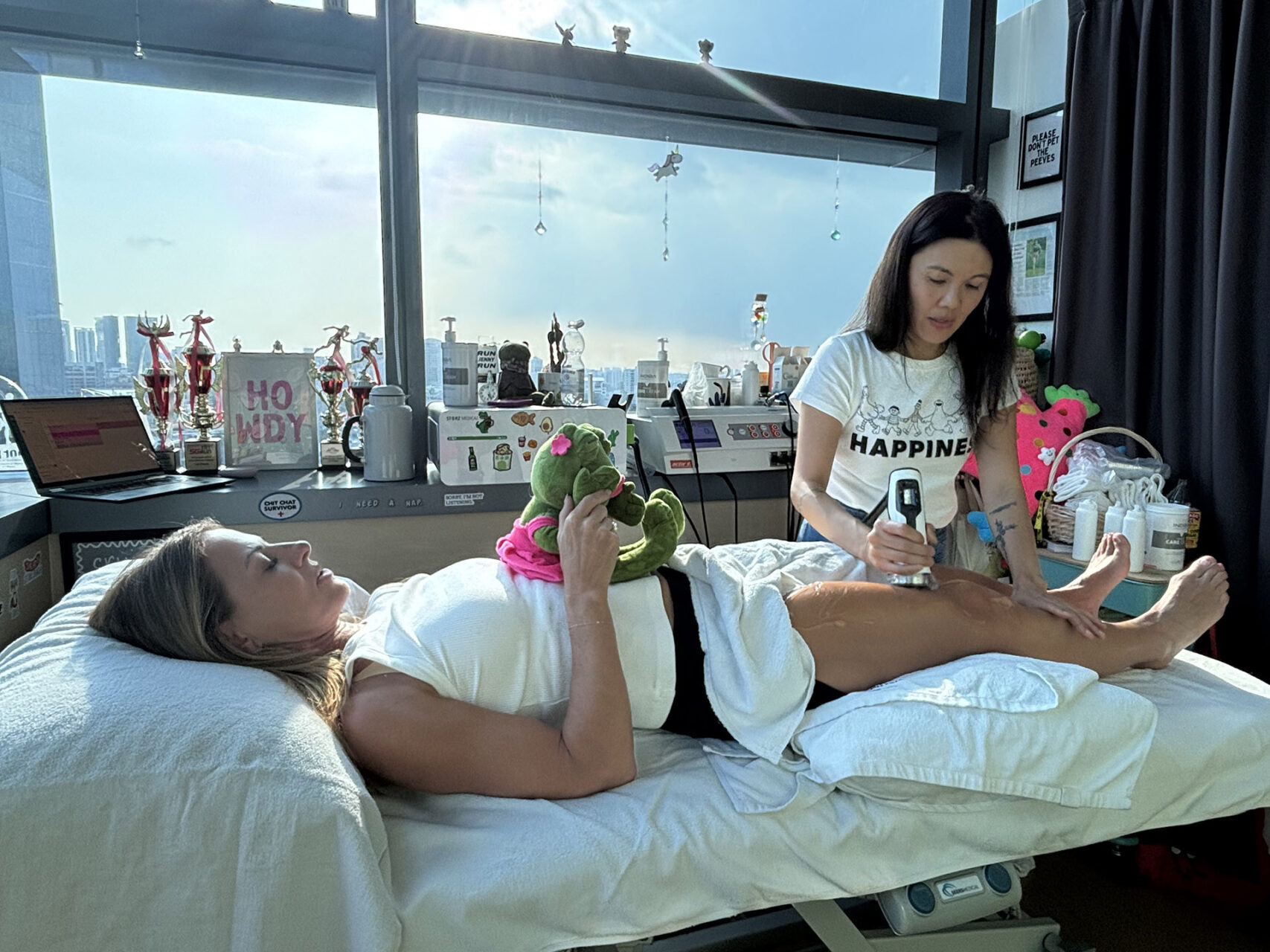
Strengthening Exercises for Recovery
Strengthening exercises are crucial in recovering from and preventing runner’s knee. Exercises that target the thigh muscles, such as squats, lunges and leg presses, can all help improve knee stability and reduce pain.
Hip abductor exercises, such as side leg lifts and clamshell exercises, can help alleviate pain and improve knee function. Proper form and technique are essential to avoid exacerbating the condition, so it is necessary to learn these exercises from a trained physiotherapist.
HelloPhysio’s physiotherapists can help design a personalized exercise program to address specific knee problems and promote recovery. By incorporating strengthening exercises into their routine, runners can improve their knee strength, reduce pain, and prevent future injuries.
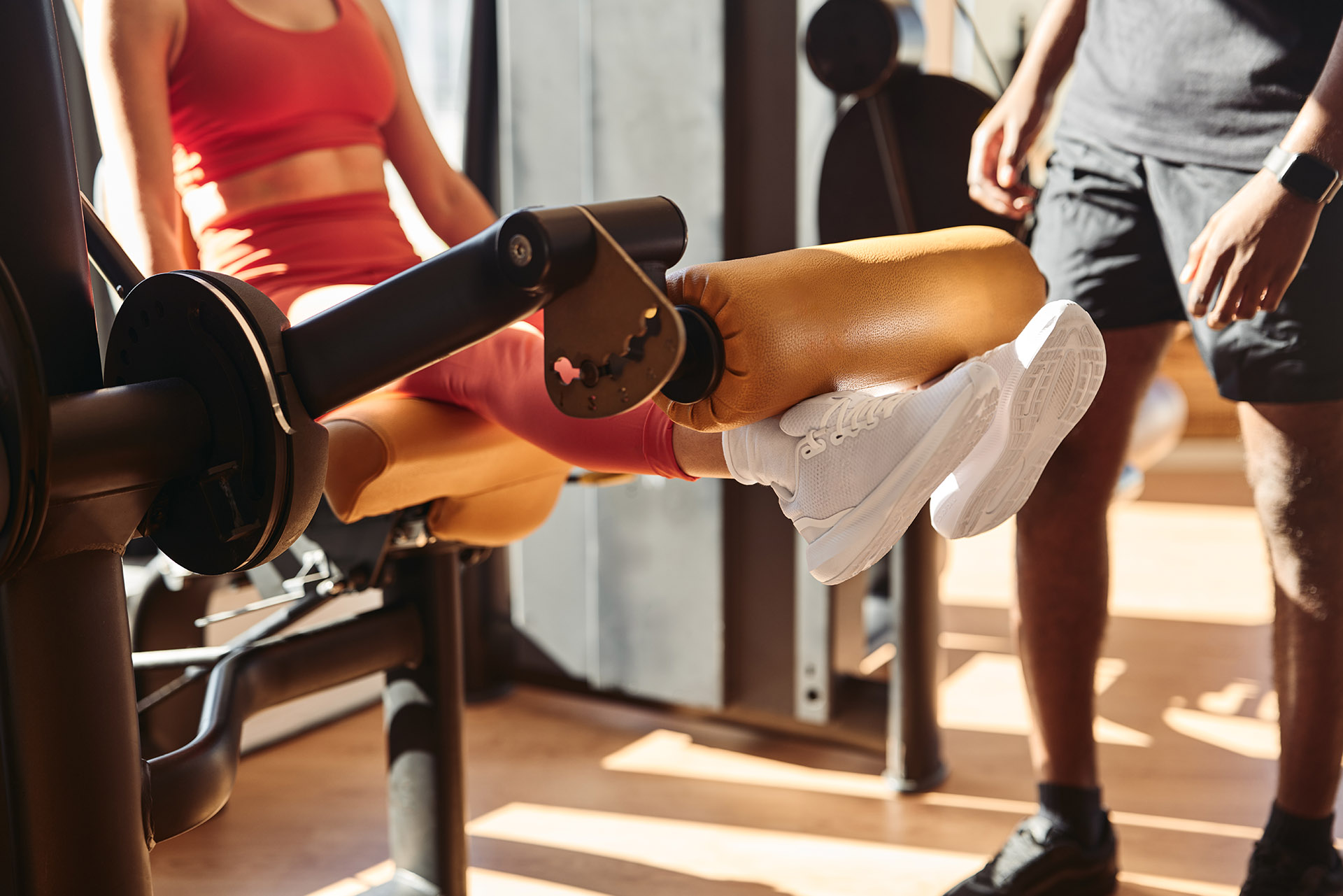
Stretching Exercises for Flexibility
Runners can also benefit from regular stretching exercises targeting the quadriceps, hamstrings, and hip flexors.
Examples of stretching exercises include leg swings, knee bends, and hamstring stretches. It is essential to perform these exercises gently and avoid forcing any movement that causes pain. Runners can also benefit from an elastic bandage or foam roller to help stretch and massage the muscles around the knee joint.
By incorporating stretching exercises into their routine, runners can improve their flexibility, reduce muscle tension and promote optimal knee health.
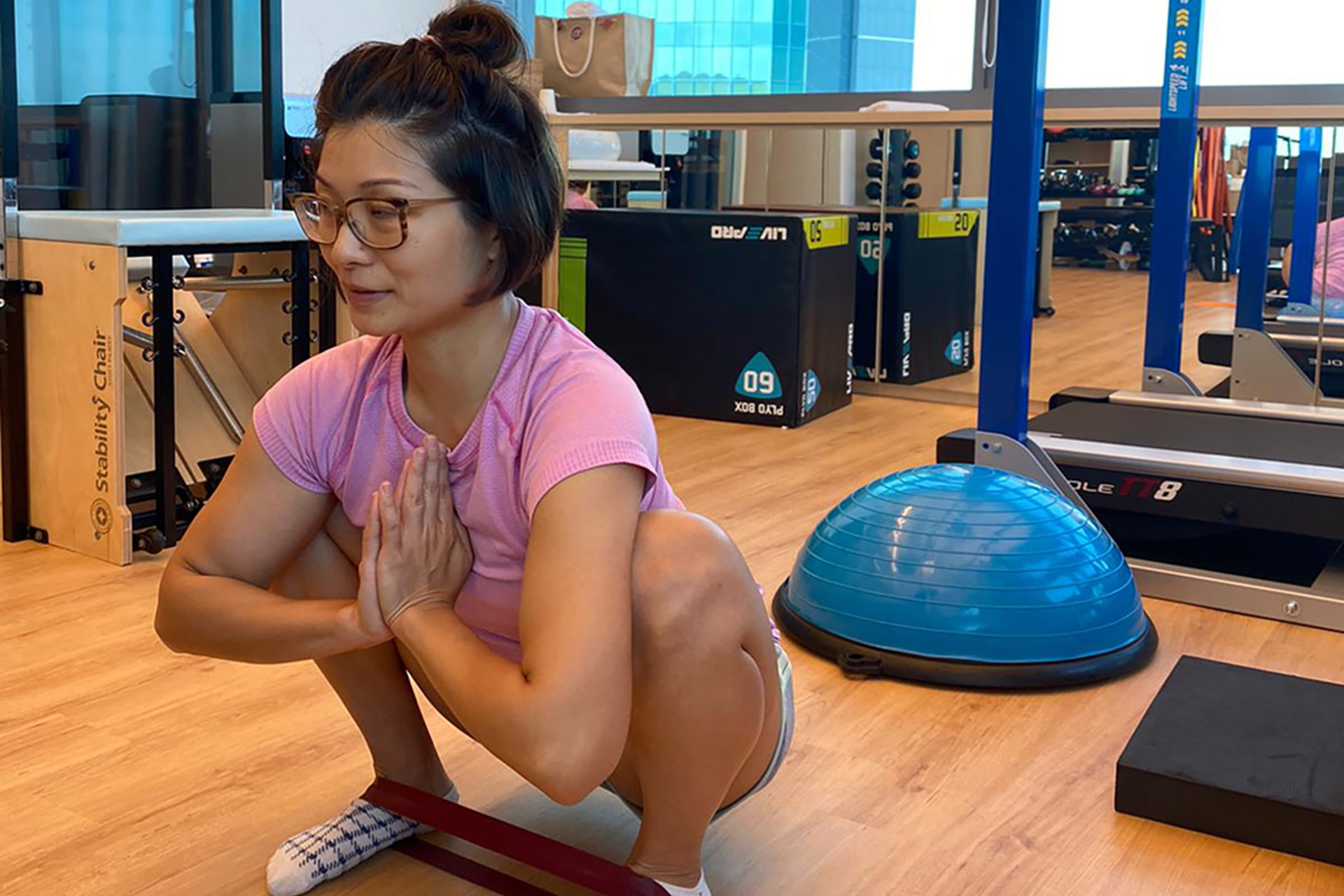
How Long for Runner’s Knee to Heal?
One of the most common concerns we hear is: how long does it take for runner’s knee to heal? The answer varies depending on the severity of the condition, how early it is addressed, and the individual’s adherence to their treatment plan.
Recovery may take as little as 2-4 weeks for mild cases with rest, manual therapy and a tailored exercise program. Moderate to severe cases, especially those with underlying biomechanical issues, may require 6-10 weeks or longer.
The good news is that most individuals see steady improvement with consistent physiotherapy, including progressive loading, mobility work, and advanced modalities like INDIBA Activ and Shockwave Therapy. The key is to address the root cause and avoid the temptation to return to running too soon.
Our team at HelloPhysio provides personalised guidance to ensure you recover fully and return to running stronger and more resilient than before.
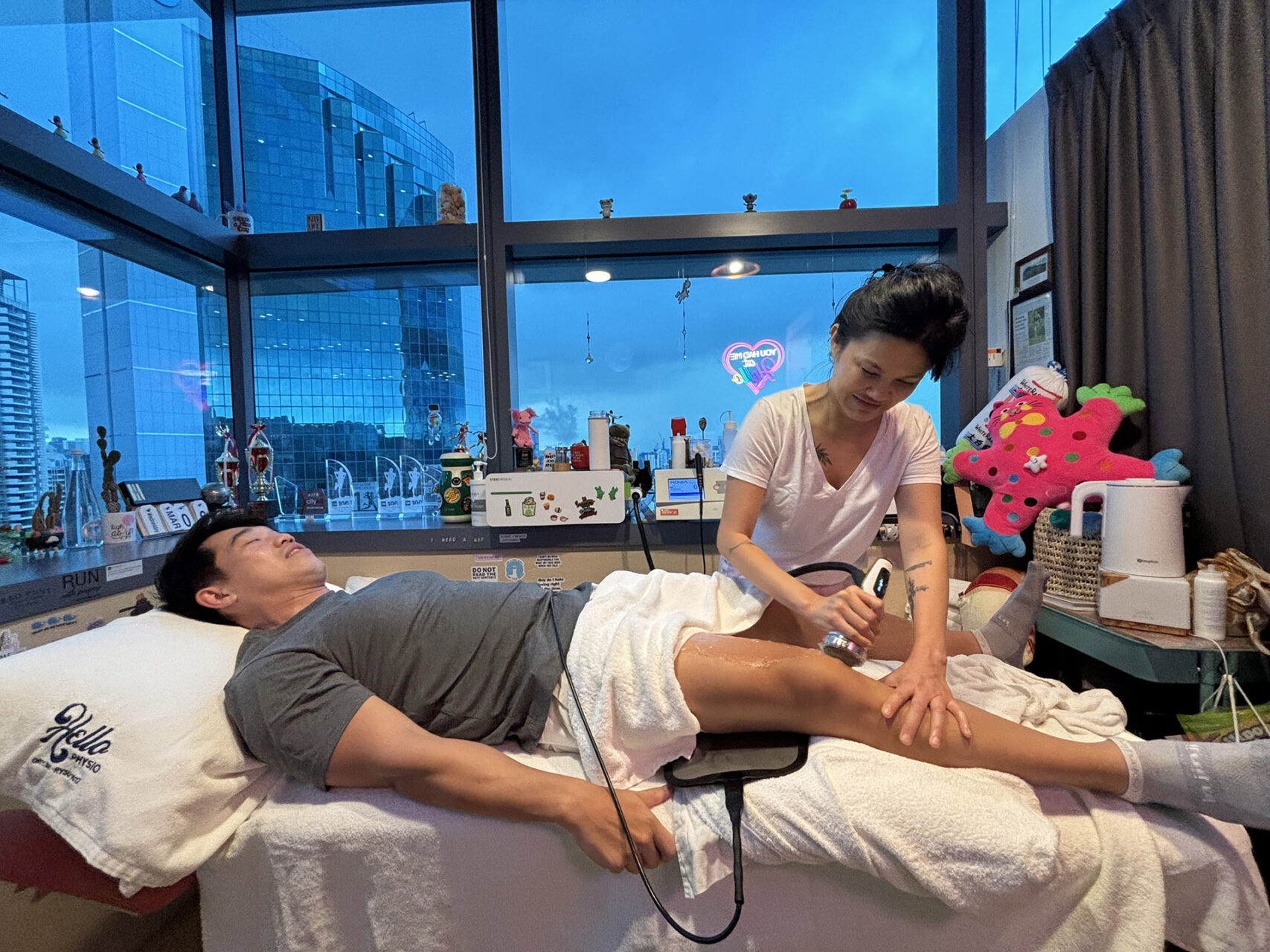
Taking the First Step Toward Recovery
If you’re experiencing runner’s knee pain, don’t let it derail your running journey or active lifestyle. Early intervention is key to faster recovery and preventing the condition from becoming chronic.
At HelloPhysio, our team of specialized physiotherapists combines clinical expertise with a passion for helping runners achieve their goals. We offer comprehensive assessment, cutting-edge treatments like INDIBA Activ and Shockwave Therapy, and individualized rehabilitation programs.
Contact HelloPhysio today to schedule your assessment and get back to pain-free running.

